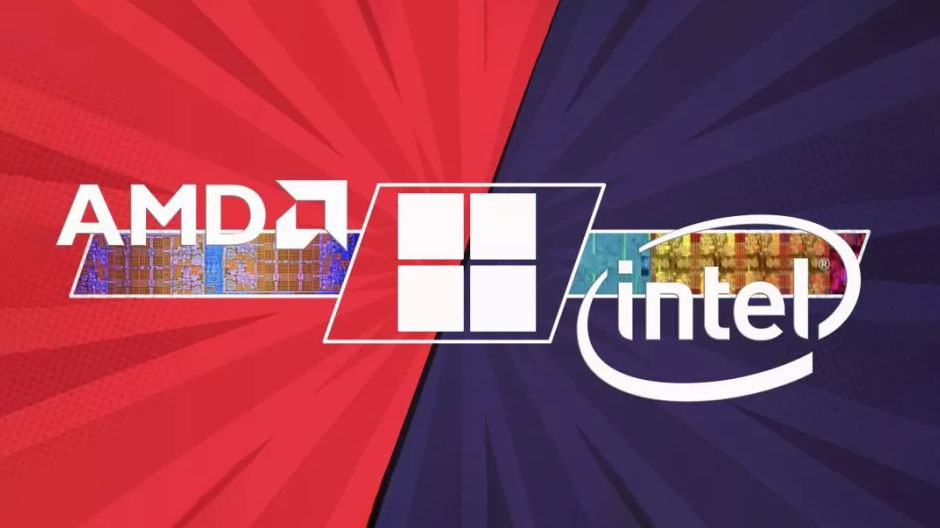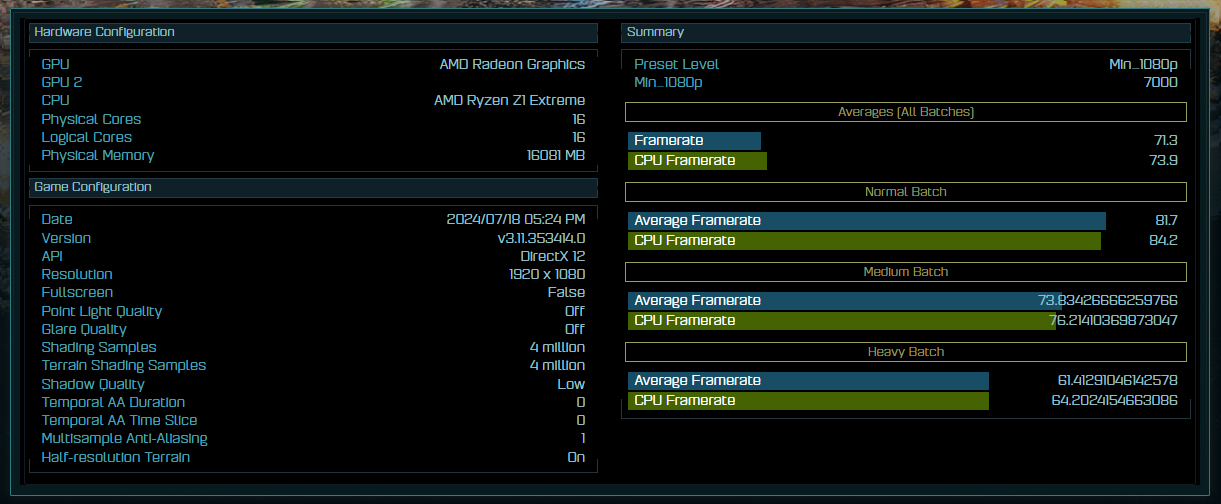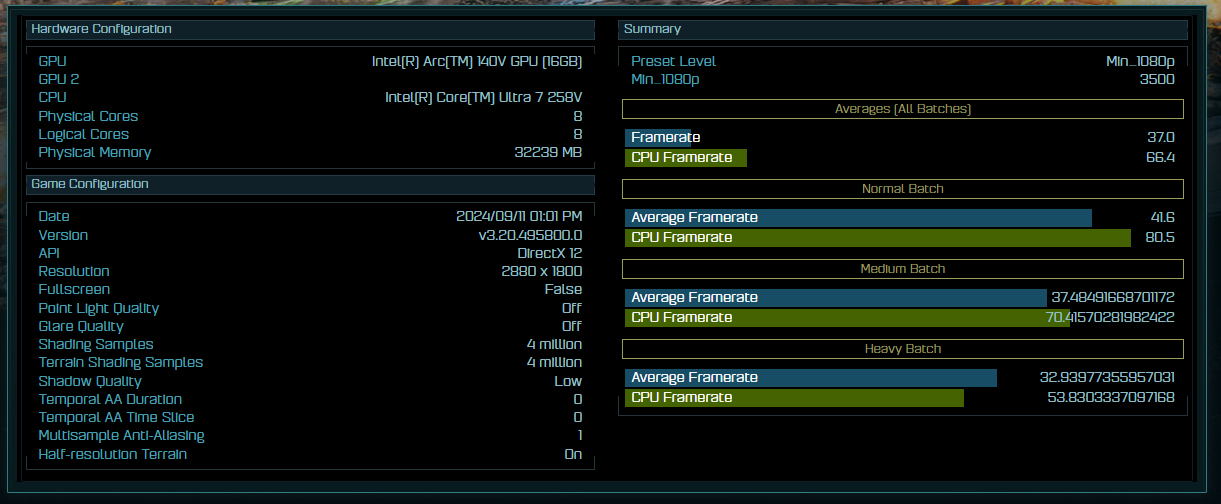
The Intel Core Ultra 7 258V (via Tomasz Gawroński) has just been tested on the Ashes of the Singularity benchmark. Although the results favor the Core Ultra 7 258V, there’s a catch. The Core Ultra 7 258V was paired with 32GB of RAM, compared to the Ryzen Z1 Extreme, which had 12GB.
The Core Ultra 7 258V is one of Intel’s latest mobile processors based on the Lunar Lake platform. At the same time, AMD’s Zen 4-powered Ryzen Z1 Extreme is designed for handheld consoles and features the legendary RDNA 3 iGPU.
According to Gawroński, the Core Ultra 7 258V’s eight cores and eight threads perform 1.5 to two times faster than the Z1 Extreme’s eight cores and 16 threads. The numbers they shared showed that Intel’s CPU performance beats AMD’s Ryzen Z1 extreme by an average margin of 37%. The Normal Batch test result showed a nearly 65% uplift in CPU frame rates, showing the advantage of Intel’s latest mobile chips over AMD’s handheld-focused processor.
Nevertheless, the Ryzen Z1 Extreme’s GPU performance still meets the head-on challenge of the Intel Core Ultra 7 258V, allowing it to produce similar results in average frame rates despite the former’s CPU disadvantage.


However, we checked the results directly on the Ashes of the Singularity benchmarks page as the screen capture shared by Gawroński shows that this version of the Z1 Extreme only had 12GB of RAM versus the Core Ultra 7 258V’s 32GB. So, we went to the Ashes of the Singularity website and checked for benchmark results for the AMD Z1 Extreme with a more comparable 16GB.
Packed with 16GB of RAM, the AMD Ryzen Z1 Extreme consistently beats the Intel Core Ultra 7 258V in CPU and average frame rates. The former has 11.3% better performance, delivering 7.5 more frames per second than the latter. And when you put the numbers of AMD’s RDNA 3 Radeon Graphics into the mix, you get a whopping 92.7% more frame rates.
This is an astounding result, especially given that the Intel Core Ultra 7 258V is probably running on a laptop, whereas the AMD Ryzen Z1 Extreme is exclusively available on handheld gaming consoles.
Nevertheless, we need more than just these frame rate numbers to know which chip performs better and more accurately. After all, several factors, like the power profile, cooling performance, battery levels, and more, could affect the chip’s actual performance, especially in mobile and handheld devices. That’s why you should wait for the results of trusted reviewers, like Tom’s Hardware, who have put these devices through the wringer more scientifically—that way, you know that the numbers you get are as objective as possible.







